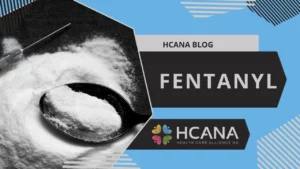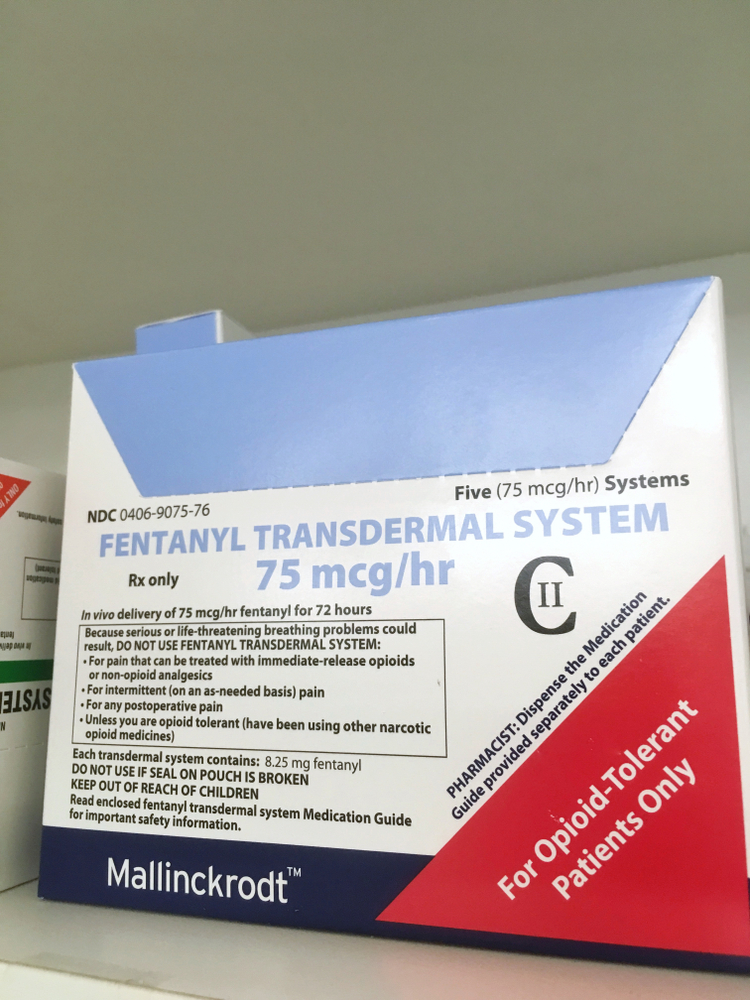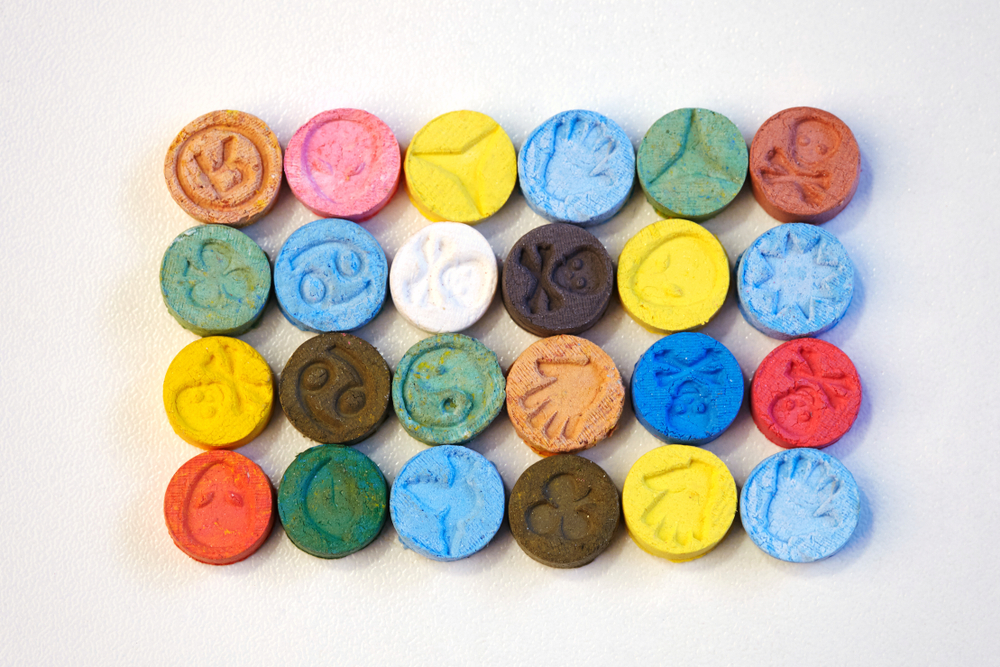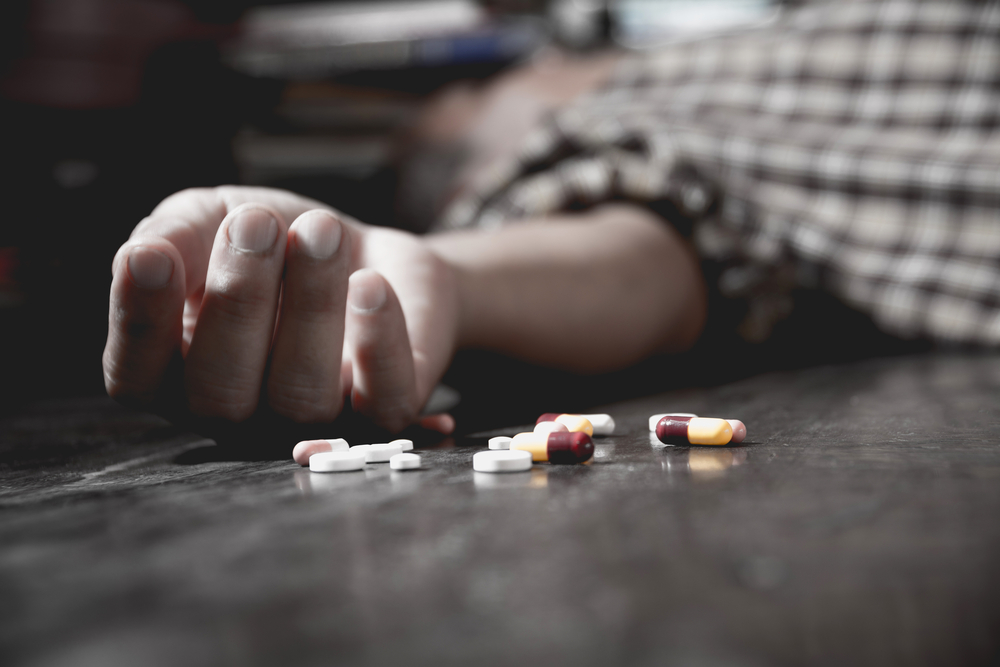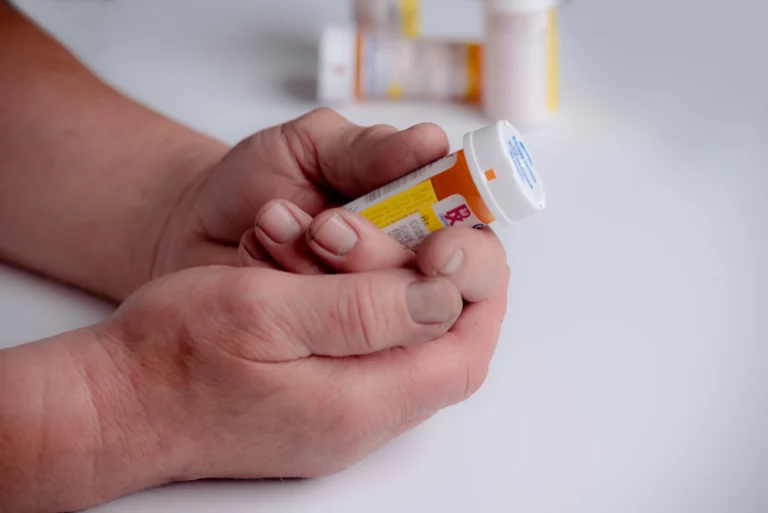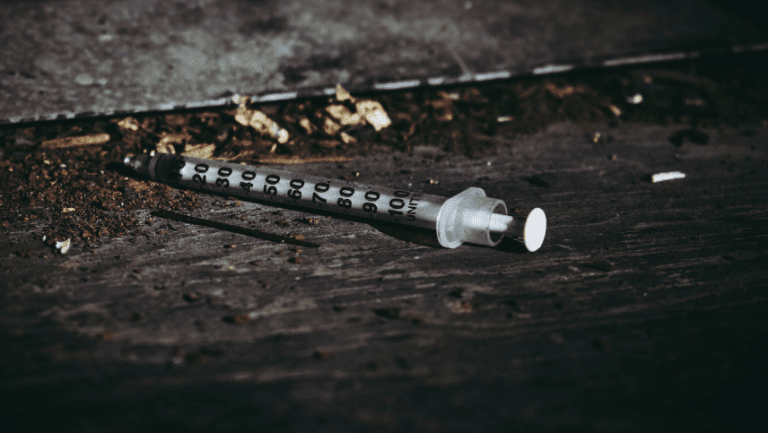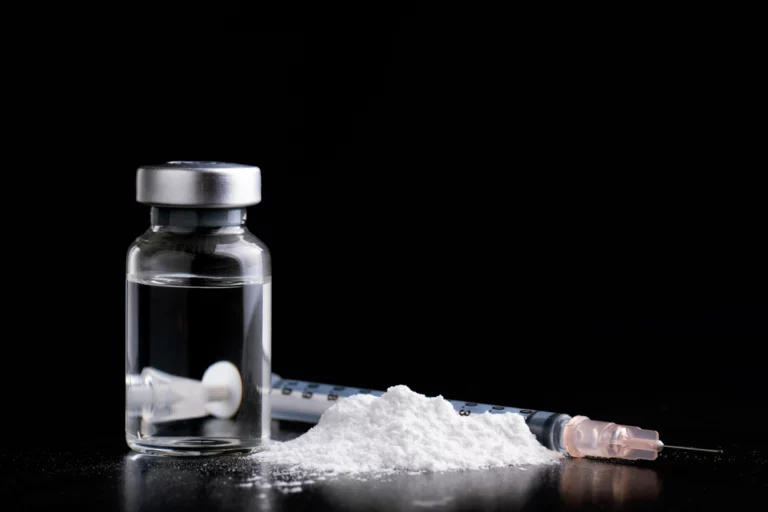Across the United States, the Drug Enforcement Administration is warning people about a worrisome new pattern: rainbow fentanyl pills. Since August 2022, DEA and their law enforcement partners have seized a variety of brightly-colored fentanyl pills at 26 locations. Because ‘rainbow fentanyl’ has been reported in the media as a new strategy used by drug rings to sell deadly fentanyl disguised as candy to young individuals and children, it appears to be a new method of distribution. Continue reading to learn more about this dangerous new trend and what to do if you or a loved one has developed a fentanyl habit.
Rainbow fentanyl pills are colorful fentanyl pills disguised to appeal to young users since they look like candy. Rainbow fentanyl pills may also be called “skittles” or “smarties”
What is Fentanyl?
Fentanyl is a synthetic opioid that is 50-100 times more powerful than morphine. Because of its strong opioid properties, fentanyl was developed for cancer patients’ pain management treatment in the form of a dermal patch on the skin. It is frequently added to heroin to boost its potency, or used to impersonate highly potent heroin. It is frequently manufactured in Mexico in clandestine laboratories. Because they think they are purchasing heroin, users frequently overdose on fentanyl, which is often disguised as heroin.
How do People Take Fentanyl?
Fentanyl can be administered as a shot, a patch that adheres to a patient’s skin, or as lozenges that are sucked like cough drops, if prescribed by a physician. Illegal fentanyl that has been connected to recent overdoses is produced in laboratories. Fentanyl is sold illegally as a powder, dropped onto blotter paper, put in eye droppers and nasal spray bottles, or made into pills that resemble other opioid prescriptions.
What Do Rainbow Fentanyl Pills Look Like?
Rainbow fentanyl pills vary in size, shape, and color but typically look like small, pastel-colored prescription pills. These pills are inciting a lot of fear due to how similar they look to candy and the appeal they might have to children and young adults. However, illicitly manufactured fentanyl is the majority of what is found on the street and is frequently found in powder or liquid form.
As a powder, it looks like other popular complex drugs such as cocaine, heroin, and methamphetamine. In liquid form, It is usually dispensed in eye drops, nasal sprays, and other substances that can easily penetrate the body. Powdered fentanyl is typically white but may have brown spots. Liquid fentanyl is clear but could have a tint to it depending on what substances it may be mixed with.
What are the Effects of Fentanyl?
Fentanyl is not safe in any amount. It has various effects on people based on various factors, including height, weight, age, and health history. Other factors that might affect you if you take fentanyl are whether you’re accustomed to it, whether you’ve taken other drugs while consuming fentanyl, or whether the fentanyl is strong. Fentanyl can produce the following effects:
- Euphoria
- Pain relief
- Slurred speech
- Flushed skin
- Dry mouth
- Decreased appetite
- Rash
- Decreased blood pressure
- Respiratory depression
- Overdose
What are Rainbow Fentanyl Pills?
Rainbow fentanyl comes in a range of vibrant colors, shapes, and sizes, including pills, powder, and blocks that resemble sidewalk chalk. There is no evidence that DEA laboratories have discovered that certain colors are more powerful than others. Despite this, every color, shape, and size of fentanyl should be considered extremely dangerous. Traffickers may even refer to the products as “Sweet Tarts” and “Skittles” after real candies as a way to disguise them.
Why are Rainbow Fentanyl Pills Dangerous?
The bright colors are unlike how the drug is usually packaged, which is in pills made to look like prescription medicines or mixed with illicit drugs like cocaine. The rainbow fentanyl pill tactic is a way to get fentanyl to more people, especially young people, which drives more drug sales, creates higher addiction rates, and, therefore, more profit. It is believed that drug traffickers are deliberately driving addiction in young people and children by distributing rainbow fentanyl.
Drugs containing fentanyl, a synthetic opioid, can be lethal even in small amounts. Every day, over 150 people die from fentanyl-related overdoses. Fentanyl cannot be detected by sight, taste, or smell, and it may be present in drugs in lethal amounts. Unless you test your drugs with fentanyl test strips, it will be difficult to determine if they have been contaminated.
Signs of Fentanyl Abuse
There are no reported distinctions between fentanyl abuse and other opioid-related substance addiction, but fentanyl addiction is identical to other drug addictions. Someone who takes fentanyl and becomes addicted might frequently “lose” their prescription in an effort to acquire more fentanyl. Doctor shopping may also be problematic with prescription fentanyl addiction. Individuals who are addicted to prescription drugs may even steal their family and friends’ prescriptions in order to get high. It is vital to recognize the physical, emotional, behavioral, and other signs of fentanyl abuse and dependency which include:
- Drowsiness
- Slurred speech
- Fatigue
- Swollen hands and feet
- Excessive sweating
- Neglecting responsibilities Dozing off at inappropriate times
- Financial or legal issues
- Constipation
- Vomiting
- Intense cravings
- Continuing to use despite adverse consequences
- Mood swings
- Isolation
- Lack of personal hygiene
Dangers of Fentanyl Abuse
Long-term fentanyl use can result in a number of issues. Smoking fentanyl, for example, may cause severe lung damage. Because smoking fentanyl is also difficult to regulate, it may result in an overdose. The drug’s quick onset makes it more likely that the user will continue to use it, increasing the risk of addiction.
Those who inject fentanyl are at risk of contracting diseases such as HIV or hepatitis C. When we abuse drugs and are malnourished and poor at maintaining hygiene, our bodies have a more difficult time resisting infections. At first, we believe that the drug is not harming us. However, the longer we use it, the more severe the damage to our bodies will be. Using fentanyl can also adversely impact our blood pressure and heart function.
According to the Centers for Disease Control and Prevention, drug overdoses and poisonings caused the deaths of over 100,000 people in the United States in the year ending January 2022. The CDC estimates that 67% of these deaths were caused by synthetic opioids such as fentanyl. Many of these deaths are a result of mixing fentanyl with cocaine, methamphetamine, and heroin, which has resulted in many deaths. Fentanyl alone is fatal at just two milligrams.
What is the Treatment Process for Fentanyl Addiction?
Although rarely fatal, quitting fentanyl on your own can be extremely uncomfortable and dangerous. Those struggling with fentanyl addiction can best combat this by reaching out to a specialized addiction treatment center such as Knoxville Recovery Center. The following are typical services administered to help treat an addiction to fentanyl:
Detox
Because fentanyl is an addictive and potent substance, most people who are addicted must endure a medically-supervised detoxification program. Medical personnel and therapists are on hand 24/7. They may give patients fentanyl withdrawal medications to reduce its severity and duration. Depending on the patient’s requirements, they may provide a medication like Buprenorphine/Naltrexone to reduce cravings for fentanyl and withdrawal symptoms.
Rehab
Patients will require either inpatient or intensive outpatient rehab following detoxification. During rehab, patients will have the chance to receive one-on-one counseling to address co-occurring issues. Patients will also have the ability to participate in group therapy as part of their rehab program. With the help of a therapist, patients may learn how to live substance-free, avoid triggers, and manage stress in a way that does not involve drug use. A team of health practitioners and therapists will put together a long-term maintenance plan in collaboration with the patient to prevent relapse and substance abuse. Drug rehab and addiction treatment will vary from individual to individual, as customized treatment programs are the most effective.
Medication-Assisted Treatment (MAT)
Those addicted to opioids such as fentanyl frequently use medication-assisted treatment (MAT). Behavioral health therapies are combined with medications to treat opioid addiction using naltrexone, methadone, and buprenorphine (Vivitrol). Vivitrol, methadone, and buprenorphine (FDA-approved MAT medications) are used for treatment. These therapies are safe and effective when coupled with counseling and psychosocial support. MAT has been shown to increase patient survival, maintain patients in treatment, reduce illegal opioid use, improve employment capabilities, and improve birth outcomes for women with substance use disorders who are pregnant.
Knoxville Recovery Center is Here for You
Rainbow fentanyl pills are becoming a growing problem in the United States and fentanyl abuse is not to be taken lightly. In order to promote healing, substance abuse problems are confronted head-on at Knoxville Recovery Center. Treatment programs are customized to help patients recover from their fentanyl addiction and live more fulfilling lives. Substance abuse issues are addressed in addition to master’s degree counseling and other alternative therapies.
You don’t have to keep suffering any longer. We can help you leave your addiction behind for good. With our wide variety of programs and services, you may get assistance in overcoming your fentanyl addiction and regaining your hope for the future. Please contact us as soon as possible so that we may assist you in getting well once and for all. You are not alone.



